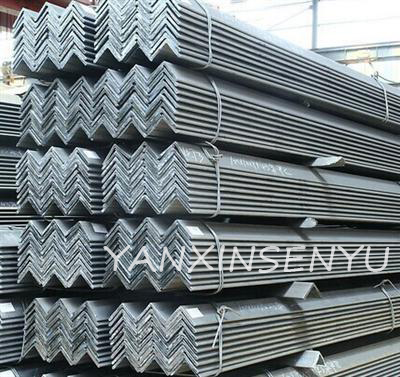Hot-dip galvanized angle steel usually has a certain standard for the thickness of the electro-galvanized layer, which cannot be lower than the specified thickness range, and the hot-dip galvanized angle hot-dip galvanized layer of good quality is generally three times or more of the standard required thickness. Even a thickness of up to ten times is visible. The hot-dip galvanized angle steel with good quality has very good coverage of hot-dip galvanizing. The actual coating is dense and stable, and its constituent components are free of some impurities such as inorganic substances.

It is well known that the mechanism of the corrosion resistance of the zinc layer of high quality hot-dip galvanized angle steel is very clear, and there are mechanical protection and electrochemical protection layers in it. Under the condition of atmospheric corrosion, there are often many surfaces on the zinc layer. A chemical component that can produce a protective effect. The basic zinc carbonate protective film can sufficiently alleviate the main corrosive action of zinc to a certain extent. This protective film is also known as white rust, and will form a new heat after being damaged. Galvanized angle steel film layer.
Hot-dip galvanized angle steel When the zinc layer is severely damaged, even if the iron matrix itself is endangered, the zinc layer of the hot-dip galvanized angle steel will inevitably produce an electrochemical corresponding protective effect on the substrate. Generally, zinc The standard potential is fixed, and the standard potential of iron is the same. Zinc and iron can be fully dissolved as an anode when forming a microbattery. Iron is used as a cathode while being protected. It is obvious that the hot-dip galvanized layer will be a base metal iron. It has many times better resistance to atmospheric corrosion than electroplated zinc, which fully reflects the excellent outer protective ability of hot-dip galvanized angle steel.













